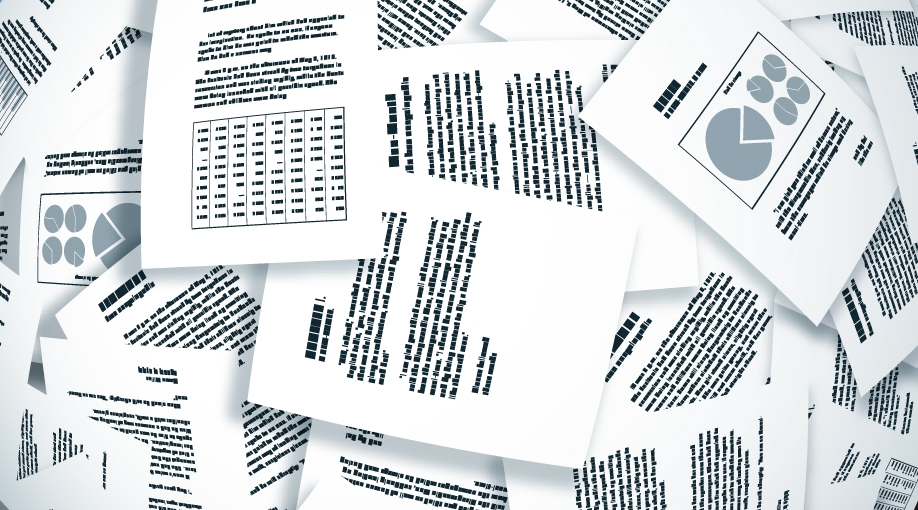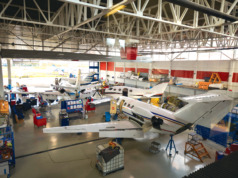
Business aircraft are a great tool to help solve your business and personal travel problems. But these aircraft also are an investment — assets that must be managed to protect their value. One often overlooked aspect of aircraft asset management is the quality of the maintenance records. Simply put, poor maintenance records easily can detract 10% or 15% from the value of your aircraft. Similarly, when it’s time to sell, poor records also can double or triple the time your aircraft is on the market.
Protect Your Asset and Your Safety
Business aircraft are a great tool to help solve your business and personal travel problems. But these aircraft also are an investment — assets that must be managed to protect their value. One often overlooked aspect of aircraft asset management is the quality of the maintenance records. Simply put, poor maintenance records easily can detract 10% or 15% from the value of your aircraft. Similarly, when it’s time to sell, poor records also can double or triple the time your aircraft is on the market. And in case of an incident or accident, there can be serious legal consequences to poor recordkeeping. That is because the FAA, European Aviation Safety Agency (EASA), and many other aviation regulatory authorities have very detailed — and strict — requirements regarding maintenance records’ content and comprehensiveness, to maintain the aircraft and its components’ airworthiness.
Some of the major areas that must be covered and typical problems encountered are:
- A description of all scheduled and unscheduled maintenance accomplished on the aircraft must be entered into the maintenance logs, including: dates started and completed, parts replaced or repaired, as well as who accomplished and who approved the work. In addition, detailed records of the work performed must be kept on file. Typical problems are: missing detailed records, inadequate description of the work performed, and errors in recording parts and serial numbers of components removed and installed.
- Records must be kept for all parts and components installed on the aircraft (or in inventory) by part and serial number as well as by their location on the aircraft, from time of manufacture or last complete overhaul to the present. A common problem is that the part or serial numbers of components installed on the aircraft don’t match the numbers in the records, as a result of typos or forgetting to record the replacement. Another, more serious, problem is that the use of a component without these records renders the aircraft not airworthy.
- Any optional equipment on the aircraft must have complete documentation, including the wiring diagram, how it ties into the aircraft electrical system, installation drawings, maintenance manual supplement, and, if applicable, flight manual supplement. Often on older aircraft, some of this documentation may have been lost or never was supplied. Unfortunately, without this documentation, the optional equipment is not considered airworthy and must be removed.
Maintenance record requirements are comprehensive, and compliance requires effort by the maintenance technicians, as well as by the designated person responsible for review of the records.
Normally, this individual will be the maintenance manager at a fractional aircraft company or management company assigned to your aircraft or, if you have your own flight operation, your maintenance manager or chief pilot. The person in charge of the aircraft’s maintenance must be sure all records are complete, errors are corrected, and missing entries, data, or documents are obtained.
Any problems are likely to be minor with the large well-established fractional aircraft and management companies, but may be significant if the pilot of your aircraft is also responsible for scheduling the maintenance and shops based on price rather than quality.
What can you, the owner, do? As with any management problem, start by asking questions. How much time does the maintenance person or pilot spend on reviewing the maintenance records for accuracy and completeness? You (or your representative) should ask to see the maintenance records. Are they neat and well-organized? Ask to see the listing of all components installed on the aircraft and then ask to check a component at random (like an avionics box) to see if the actual numbers match what’s on the list. Ask to see a component history (like the landing gear). If a new piece of equipment was recently installed (like an “Airshow” display), ask to see all the paperwork and manuals. And if any of the answers seem unsatisfactory to you, it may be time for an independent aviation consultant to audit your operation. The cost of such a review is a minor expense compared to the potential impact on your aircraft’s resale value if there is a problem with your records. BAA
Bill deDecker is chairman of Conklin & de Decker, a JSSI Company, specializing in financial management, business and fleet planning, certification issues, life cycle cost, and operations. He previously worked with FlightSafety, Dassault Falcon Jet, and Boeing.




